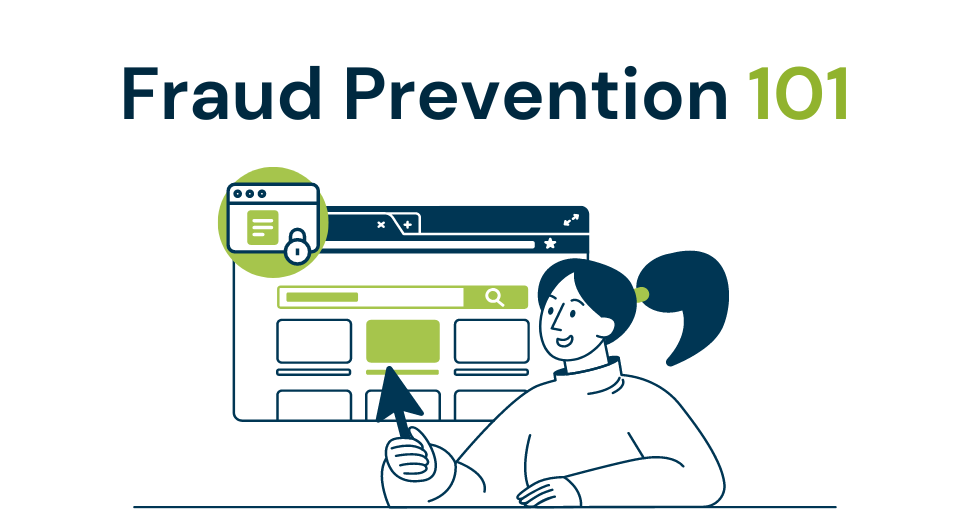[3-minute read]
You’ve done your homework and decided which products to sell in your online store. There are a couple of other elements you’ll need before you can open your ecommerce store. We’ve put together a checklist to help you nail the launch:
- Shipping and fulfilment: you need to figure out how to get your products to clients. Research courier services, postal options, and any other viable delivery methods. Figure out what it costs and how you can include it in your product’s selling price to offer “free” shipping as a perk to your customers
- Payment: there’s not much point in having an online shop if you can’t get paid through it. You need a payment gateway and payment provider to help you process third-party payments. You’re in the right place; not to toot our own horn, but Truevo offers a variety of free payment plugins that integrate with WooCommerce, Magento, and PrestaShop
- Customer service: set up a couple of channels where your customers can get hold of you easily. You can install live chat plugins, connect via email, WhatsApp, or provide a telephone number if you have the staff to man it. Customer service is hugely underrated by retailers, but it is quickly becoming one of the most important facets of online commerce. Many consumers read reviews to see how different stores deal with returns, after-sales service, or when something goes wrong – which it will from time to time. If your service is good, people will talk about it. Word-of-mouth marketing always has been, and still is, the most powerful form of marketing you can do
- Licenses and taxes: double-check that you have all the small business licenses you need to operate an online store. Head on over to AXA and read this article on business licenses in the UK
- Security: make sure that you have the right protocols in place to keep your customers’ data safe and secure. There are various privacy requirements you have to adhere to depending on where your business is registered
Ready, steady, go!
Once you’ve ticked all the boxes above, you’re ready to start funnelling customers to your store and selling to them. Online marketing is a vast landscape. We’re going to start looking at organic growth and marketing. Organic growth won’t cost you a penny if you do it on your own, but it does require a substantial investment of time into things like SEO and cultivating an online community of your customers. As you go, experiment with different methods to see which ones work best for your products (e.g., you may reach the right customers on Instagram as opposed to LinkedIn).
Social media
There are billions of potential customers on social media every day. Start a business page for your business on Facebook and Instagram, for starters. Depending on which area your business focuses on, Pinterest and TikTok can also be useful, especially if your product is of a visual nature. You can build your brand’s story on these pages and connect with customers at a very low cost to you. Once you are up and running with your pages you might want to look at platforms like Hootsuite and Later to schedule and publish your posts across multiple platforms. If you don’t know anything about social media and you want to learn, have a look at some courses, you’ll be able to learn almost anything.
SEO
Search engine optimization, or SEO, is the practice of structuring the design and content of your website (or certain webpages) to make them more attractive to search engine crawlers. Why should you care about it? Because the more relevant your content is, the higher your website will rank for specific keywords and the easier it will be for potential customers to find you on Google. One sure way of ranking high on relevant searches is to ensure that the content on your site relates directly to your products. That means your product descriptions must be on point. Ensure that you have Google Analytics connected to your website so that you can track all the traffic that you attract. It will also help you see which keywords are working and which ones aren’t.
Blogging
Blogs and vlogs are great ways to boost your store’s SEO and your brand in general. Let’s say you write a fun post about 80s hairstyles and someone shares it on social media. It spreads like wildfire and people who search for “80s hairstyles” start finding the post on Google. Some of the people who read your blog post click on the link to your store and bam! You make a sale or ten.
There are various approaches to blogging. You can either do it yourself, speak to an expert, or pay an influencer to blog or post videos and/or images on behalf of your brand. Influencers are (you guessed it) influential people with dedicated online followings. They are either specialists in their area of expertise (like Ronaldo) or people who have made it their business to gather followers and sell their services to potential marketers. It basically boils down to word-of-mouth marketing, or shall we call it word-of-lens marketing. People follow what they see other people do. Or so the theory goes.
In today’s world of technological advancement and communication devices, marketers have to find a way to get noticed amid billions of tweets, posts, pictures, and videos flying around. And audiences don’t fall for empty claims any longer. If there is a ‘real’ person endorsing your product or talking about it, the chances of being noticed are much higher.
Another way of making an impression is by posting regular articles about your industry. It will position you as a thought-leader on platforms like LinkedIn, which is more suited to business-to-business marketing.
The following content is suitable for blog posts:
- Brand updates: sharing some behind-the-scenes information about your company, the people working for you, and general information about the people behind the brand and your store really humanises things. It’s something for potential customers to identify with
- Product updates: shout about any new products, where they come from, interesting details about ways they can be used, and other information can take advantage of the space a blog provides to tell a story
- Tutorials: it’s always a good idea to give customers a guide about how they can use your product for things they might not have thought about. Other product-related information can also make interesting blog posts, like which other products work with a product, and where you can find them
Email marketing
This form of marketing gives you a direct line to your customer’s inbox. If they read their mail and you send them useful information and compelling offers, it can be one of the most successful marketing tools in your toolbox. Before you start thinking about offers and content, you have to gather email addresses and get people’s permission to send them emails and newsletters. Have a look at our article about data privacy laws and what you need to do to comply with them.
There are various form builders available on different platforms. It basically constitutes various fields that a customer needs to complete before they receive an offer or information they want. We’ve all seen and completed many of them all over the place (name, email address, etc.). You can place these forms on your website and social media pages. The information gathered from them should be handled with care – not just because of privacy laws but also respect for your customers. It’s pointless sending people things they don’t want or are not useful. Use your email lists sparingly and always put yourself in the receiver’s shoes. Keep your emails brief and to the point, you’ll get much more mileage out of them that way. Once you start building a substantial email list look at bulk mail sending platforms like Mailchimp and MailerLite to help you. Some website builders like WordPress also offer mail sending services.
Did you resonate with this article? Feel free to share your thoughts and tag us on Instagram, Twitter, Facebook, and LinkedIn.



